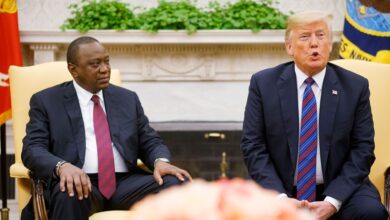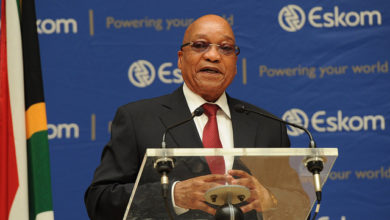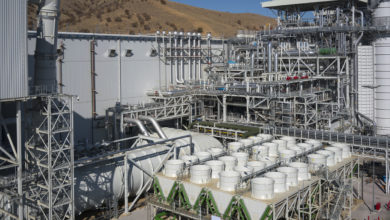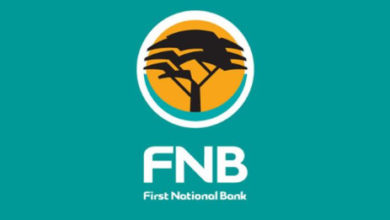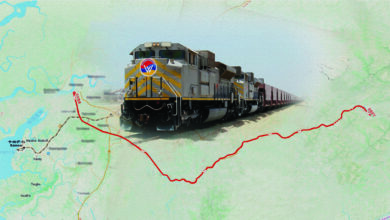Business
ArcelorMittal Applies For Electricity Tariff Relief In South Africa
The Steel producer claims obtaining tariff relief would boost its competitiveness

Africa’s largest steel producer ArcelorMittal South Africa (AMSA) has reportedly applied for a tariff relief for its operations in Gauteng, KwaZulu-Natal and the Western Cape with the National Energy Regulator of SA (Nersa).
ArcelorMittal SA CEO, Kobus Verster, on Thursday, warned that rising power and rail costs, which account for around 18 percent of the total costs, pose a risk to the company’s financial recovery as well as its long-term competitiveness. He added that a favorable electricity pricing model will help in boosting the company’s cost-saving initiative as it plans to cut its costs by $50 per tonne by 2021. Verster said the company was on course to achieve that.
“We are monitoring these things on a weekly basis,” he said, reported Business Live.
Verster pointed out that the electricity prices in SA were approximately 30 percent higher than the international benchmark. So, obtaining electricity tariff relief for the company’s plants at Vanderbijlpark, Saldanha, Vereeniging and Newcastle, would enable it to be competitive.
“We need to have an equal footing versus our competitors,” he said.
Verster revealed that ArcelorMittal has submitted different applications for its various sites as the economic drivers and conditions for the operations were different. He said he expects the applications to be finalized in around three to four months time.
ArcelorMittal reported positive results for the year ended 2018. The steel producing company’s revenue increased by 16 percent to R45 billion with net debt decreasing by R2 787 million to R475 million.
The company’s application for lower electricity tariff comes in a time when the South African electricity public utility Eskom has already applied for a tariff hike of more than 15 percent a year over the next three years. President Cyril Ramaphosa on Thursday announced a plan to remodel Eskom by splitting it into three state-owned entities dealing with generation, transmission, and distribution.


